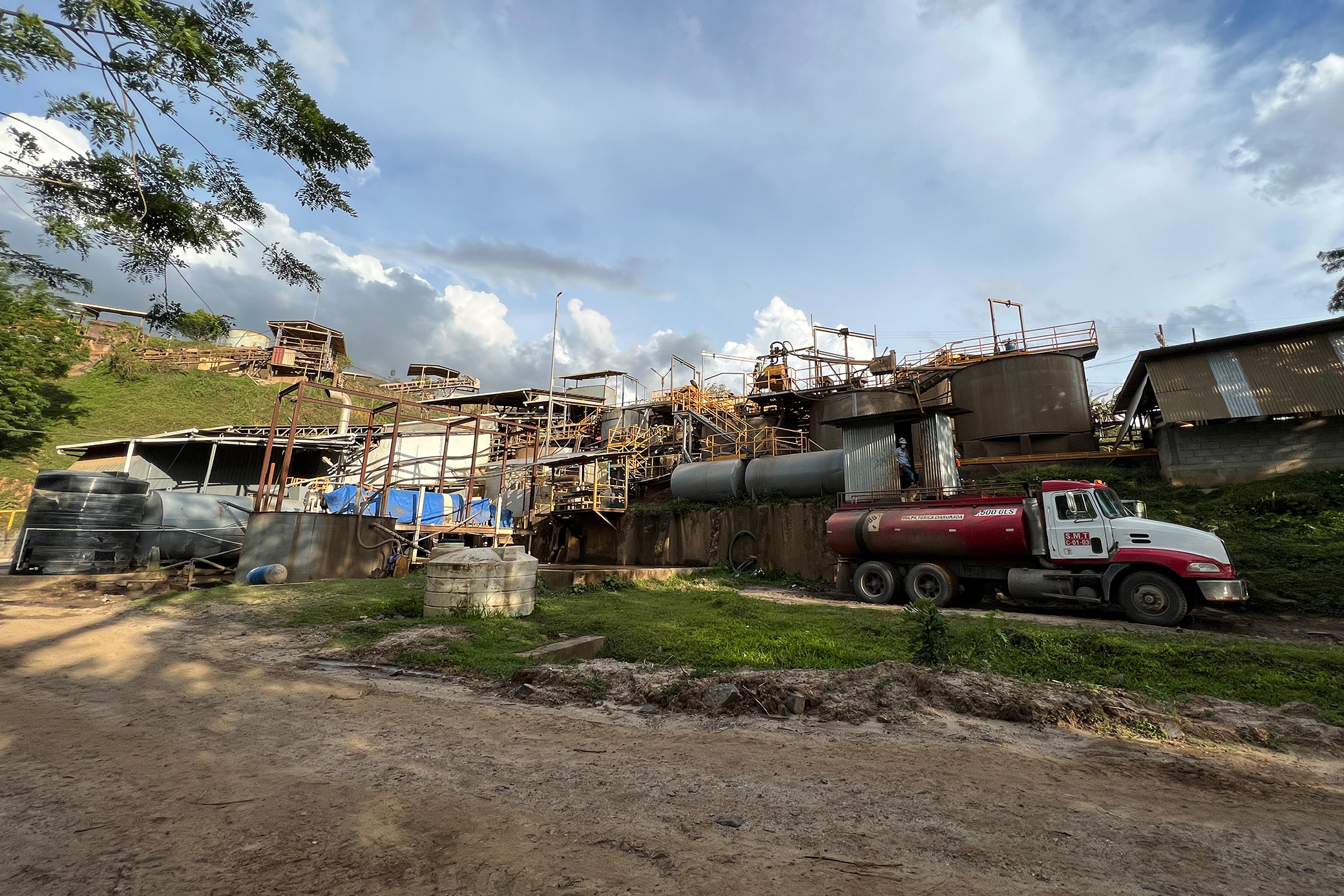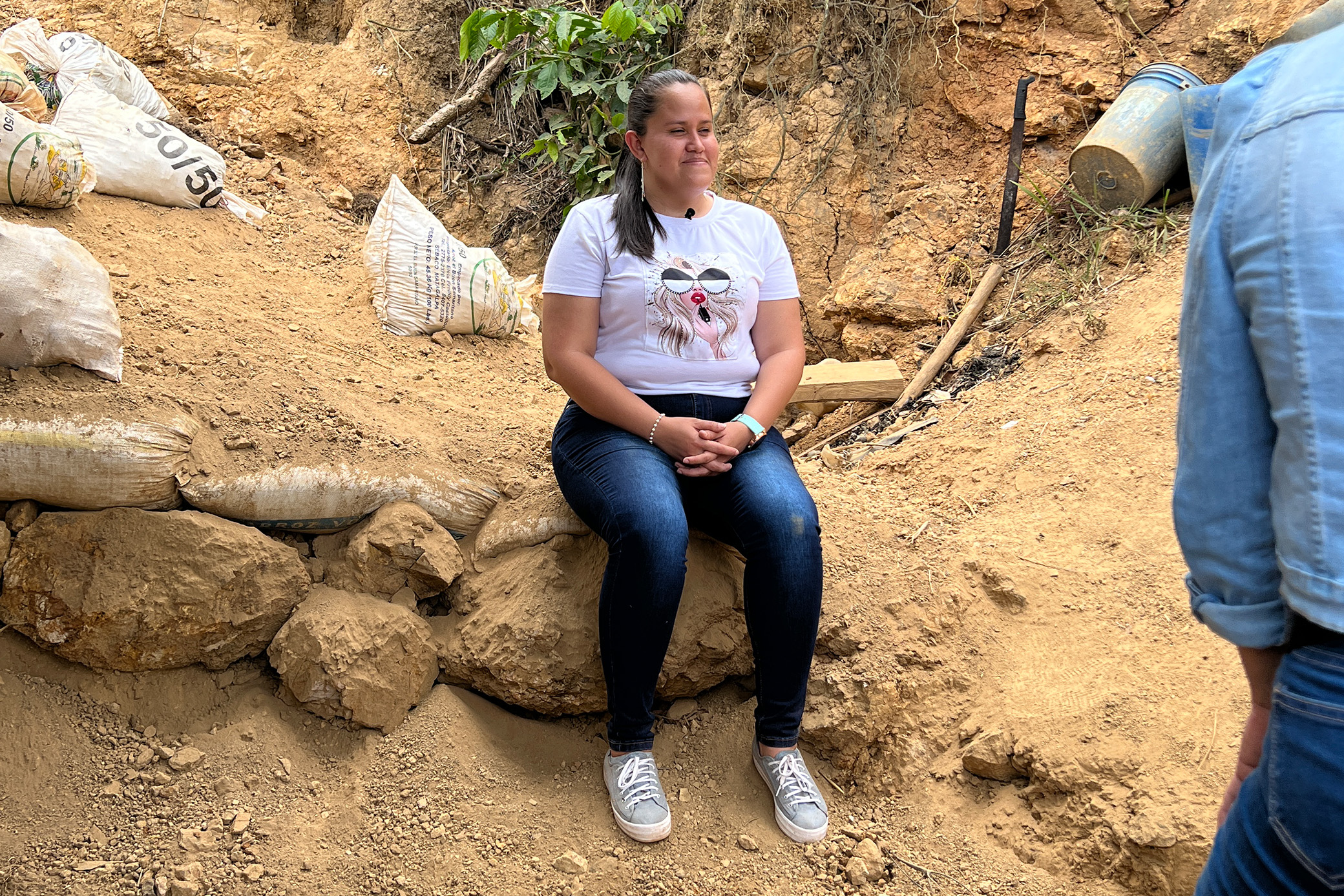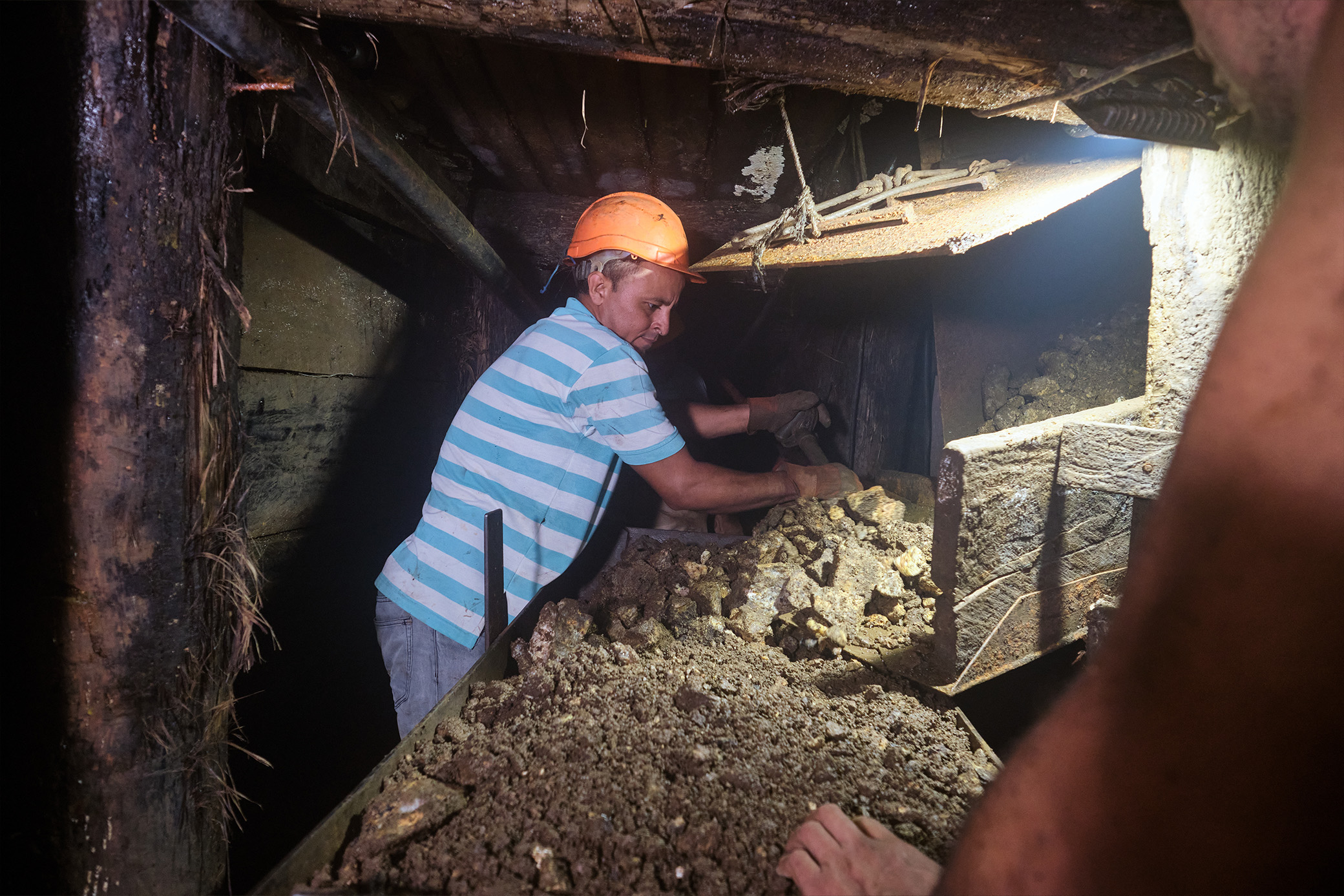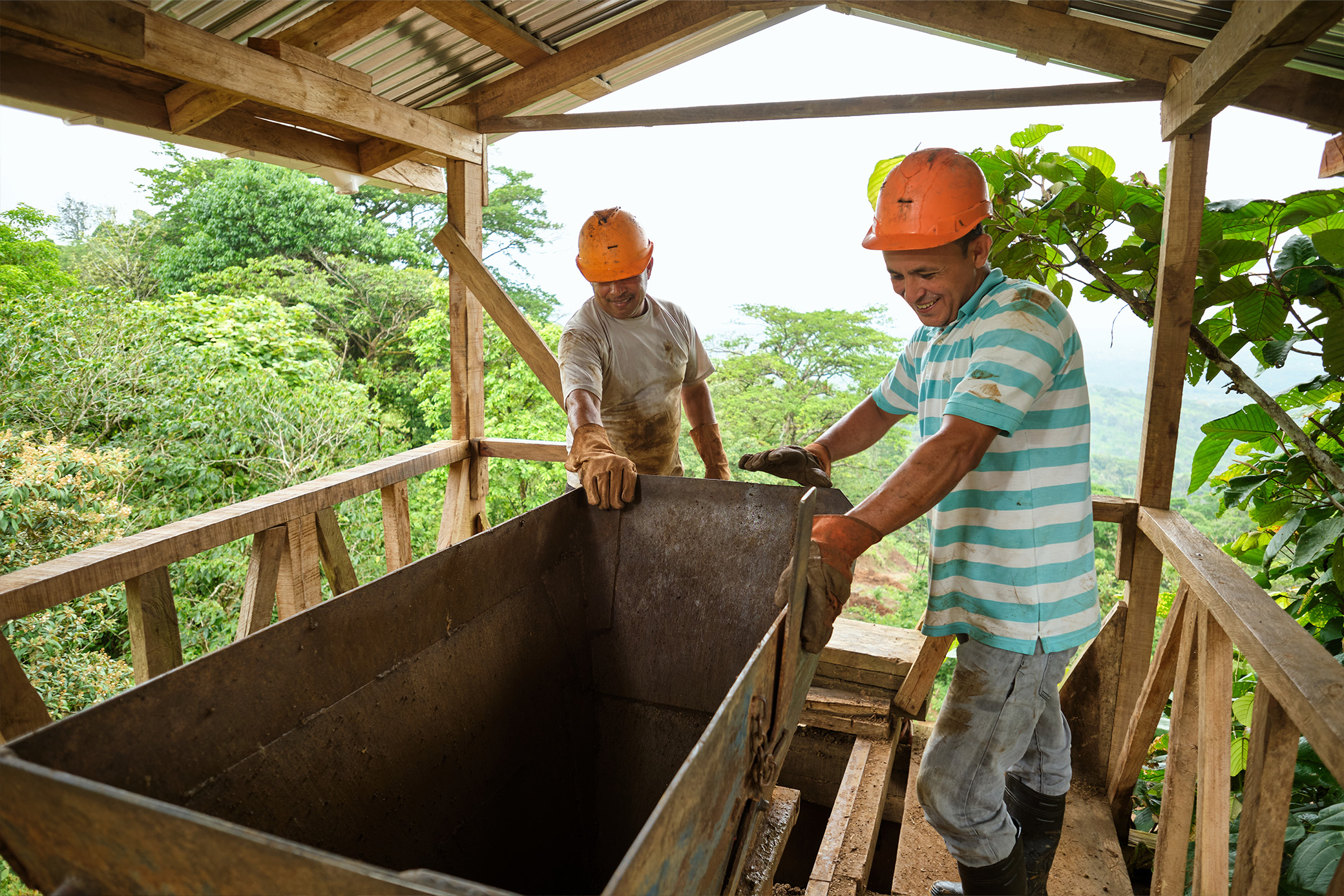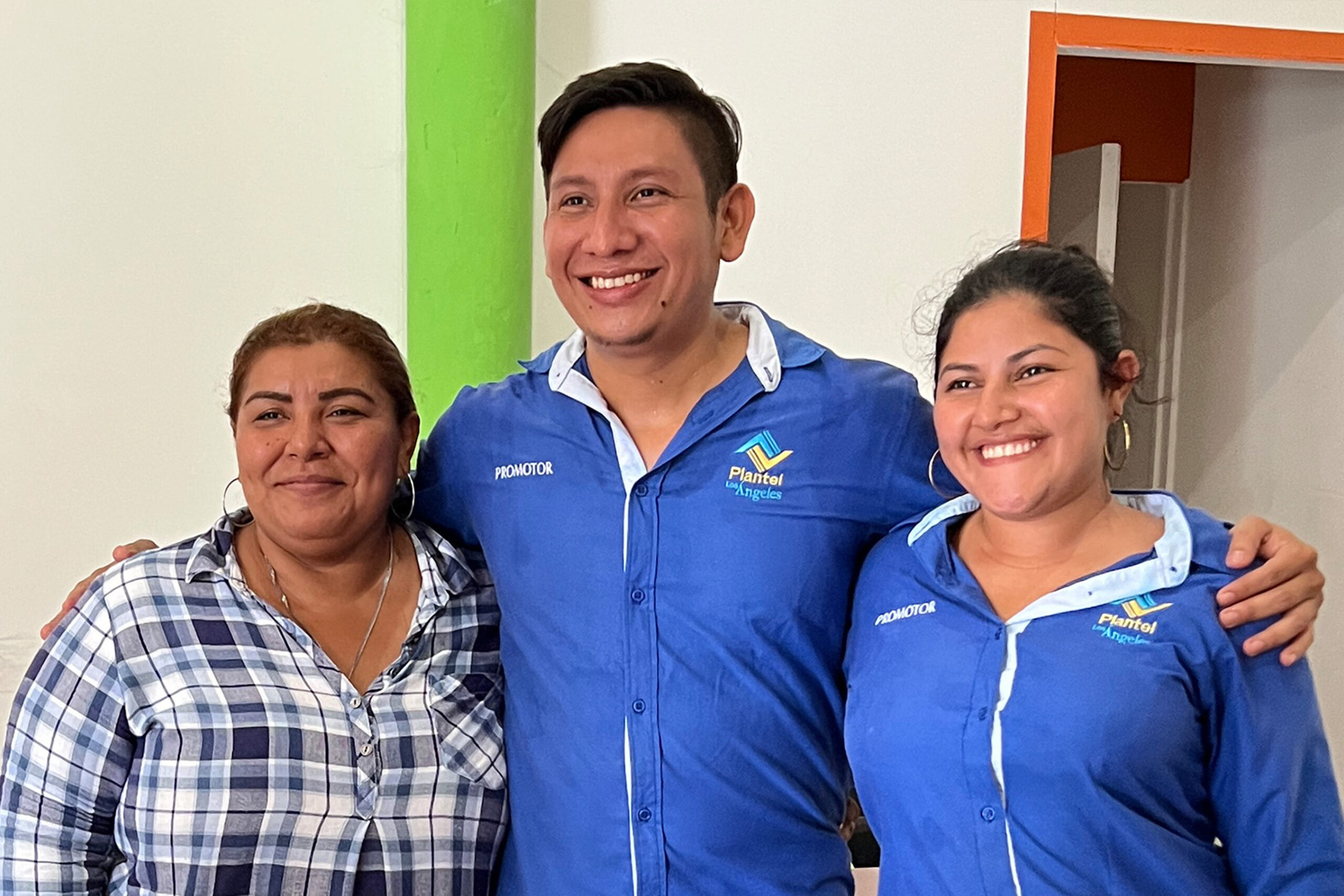ASSARÉE X TRANSPARENCE GO TO NICARAGUA, APRIL 2022
Nicaragua boasts nearly 8 million acres of primal forests, lakes and multiple active volcanoes (and a few inactive ones too). The country borders the Pacific and Caribbean on its coastline and carries an impressive biodiversity pedigree, bearing one of the wildest ecosystems on the planet.
Artisanal and small-scale (ASM) mining is a major activity in Nicaragua. This mining method itself is low-impact in comparison to large-scale industrial excavation, but unregulated ASM is notorious for its use of toxic mercury[1] to separate the yellow metal from the ore (gold stone) mined.
[1] 40% of global mercury pollution derives from unregulated ASM activities
Assarée is convinced that the most impactful first step to regulate ASM is to set the right incentives for stakeholders to naturally result in a minimized negative social and environmental impact of mining. The approach of combining ASM with industrial processing allows the miners to process the ORE (gold stone) industrially, ensures fair and rapid pay, and a direct route to market. A short, transparent chain of custody, that aims to attract more and more artisanal and small-scale miners to clean and regulated processes.
The first stop was visiting PLA, the Assarée processing plant that buys the ore (gold stone) from artisanal miners naturally excluding the use of mercury through industrial gold extraction.
Ore (gold stone) checkpoint/reception from registered ASM suppliers
Processing facility where the gold is extracted in a closed loop chemical process. The use of mercury is excluded, instead using well-managed cyanide that unlike mercury breaks down into natural elements.
Laboratory where the composition and origin of the ore is tested and lastly where the doré bars are made, ready for shipping to the Swiss refiner.
After visiting Plantel Los Angeles’ facilities, it is time to go to the mines and get into a dialogue with the cooperatives and local communities that are key stakeholders of the Assarée Gold value chain. This is where Transparence (impact designer) talks openly with the artisanal miners to find out what they need to improve the social and environmental conditions to become thriving communities.
Women-led Coopemismar in LIBERTAD has a new vision for how to create more value for miners in their cooperative to secure consistent membership (supply) and better governance, giving both men and women equal rights to join. Another ambition of the vision is to pay 25% directly to the women in the family rather than 100% to men to ensure family needs are met.
Santo Domingo
Rastras is a processing system where mercury is used to extract gold.
Tailings dam facility where cyanide management is shared with a large-scale mining operator in the region. The black tarp acts as a barrier to the ground until the cyanide breaks down into natural elements.
Casa del Minero is set up by PLA to provide artisanal miners with safer and cheaper equipment for their explorations. The trio is responsible for promoting processing to miners as a better way to extract gold vs using mercury.
Final stakeholder visits were conducted by Transparence and included interviews of further relevant stakeholders representing the local communities such as the parish priest, the mayor’s office, and the regional environmental ministerial agency Marena. In Managua visits were made to CAMINIC (the mining chamber of Nicaragua), the environmental agency Cores, and Legal advisory CEJ. Previously, UNIDO was interviewed on the implementation of the Minamata Convention on Mercury in Nicaragua.



















